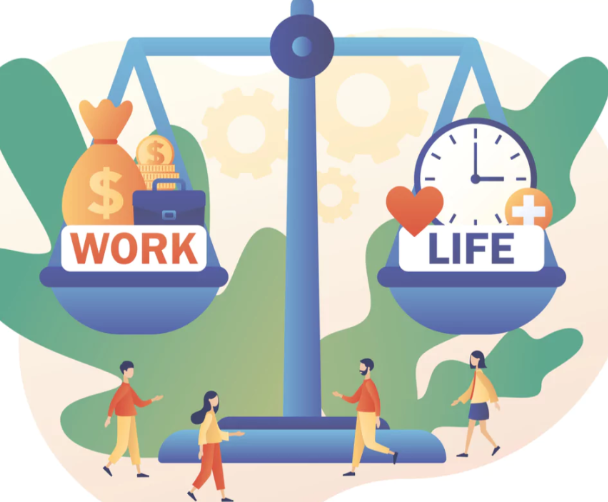Introduction:
Navigating the vast landscape of the IT industry can be overwhelming for professionals looking to advance their careers or transition into new roles. With numerous specializations, technologies, and career paths available, many individuals struggle to identify the most suitable direction for their skills and aspirations. In such circumstances, career coaching emerges as a valuable resource, providing personalized guidance and support to help individuals navigate their career journeys effectively. In this blog post, we’ll explore the significance of career coaching in helping IT professionals find the right career path and achieve their professional goals.
Understanding the Challenges:
The IT industry is dynamic and constantly evolving, offering a wide array of career opportunities across various domains such as software development, cybersecurity, data science, cloud computing, and more. However, with so many options available, individuals often face challenges in identifying their strengths, interests, and long-term career goals. Additionally, keeping up with the latest industry trends, acquiring relevant skills, and positioning oneself competitively in the job market can be daunting tasks without proper guidance and support.
The Role of Career Coaching:
Career coaching serves as a valuable resource for IT professionals seeking clarity, direction, and support in their career journeys. Experienced career coaches specialize in understanding the intricacies of the IT industry, including emerging technologies, market trends, and job market dynamics. They work closely with individuals to assess their skills, interests, values, and career objectives, helping them gain insights into potential career paths that align with their aspirations.
Personalized Guidance and Support:
One of the primary benefits of career coaching is the personalized guidance and support it offers to individuals. Career coaches work collaboratively with clients to explore their strengths, weaknesses, and areas for development. Through one-on-one coaching sessions, assessments, and exercises, coaches help individuals gain self-awareness, identify their unique value propositions, and articulate their career goals effectively. This personalized approach enables individuals to make informed decisions about their career paths and take proactive steps towards achieving their objectives.
Skill Development and Enhancement:
In addition to providing guidance on career direction, career coaches also assist individuals in identifying and acquiring the skills necessary to succeed in their chosen fields. Whether it involves upgrading technical skills, developing soft skills such as communication and leadership, or pursuing industry certifications, career coaches offer valuable insights and resources to support skill development and enhancement. By equipping individuals with the right tools and strategies, career coaching empowers them to stay competitive in the ever-evolving IT landscape.
Overcoming Challenges and Obstacles:
Throughout their careers, individuals may encounter various challenges and obstacles that hinder their professional growth and advancement. Career coaches play a crucial role in helping individuals navigate these challenges effectively, whether it involves overcoming career stagnation, transitioning to a new role or industry, or managing work-related stress and burnout. By providing encouragement, accountability, and practical strategies, career coaches empower individuals to overcome obstacles and achieve their career objectives with confidence.
Conclusion:
In a rapidly changing industry like IT, finding the right career path can be a daunting task for professionals. However, with the guidance and support of a skilled career coach, individuals can gain clarity, confidence, and direction in their career journeys. By offering personalized guidance, skill development support, and assistance in overcoming challenges, career coaching equips IT professionals with the tools and strategies they need to navigate their careers successfully and achieve their professional goals.



















